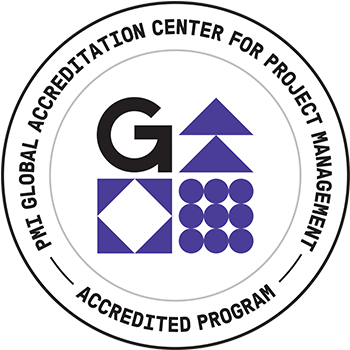The federal acquisition community supports some of the government’s most critical priorities—from advancing racial equity and modernizing our infrastructure to addressing climate change. To deliver on these priorities, federal leaders and agencies must develop new ways for government to procure—or buy and acquire—the goods and services it needs.
The government has quite a different set of challenges than the commercial sector. For example, the nature of the government-contractor relationship and other unique federal policies and processes make it difficult to replicate a pure commercial innovative environment. However, these challenges should not dissuade a program from considering an innovation strategy. Increased acquisition innovation can dramatically change how the agencies deliver capabilities when used in the right environment, with active stakeholder support and strong government-contractor relationships. It will take time to integrate innovation effectively into acquisition environments. It will take strong leadership to champion the cultural changes needed to enable innovative practices, active support and collaboration across all the major acquisition disciplines, and a strong program management office empowered to break from traditional practices.
This presentation will outline ways that agencies can support this goal. Building on emerging innovations in federal procurement and acquisition, these strategies encourage acquisition leaders to take smart risks and balance compliance with experimentation to help the government fulfill its mission more effectively.
PMI Talent Triangle: Technical Project Management (Ways of Working)
The widespread success of the Agile methodology in private industry is well-documented and has resulted in great improvements in time-to-market delivery, pace of innovation, and likelihood that the end product meets the actual needs of product owners. This success has also led to the adoption of the Agile methodology in federal government programs. In most cases, government agencies and contractors are required to consider Agile as the default methodology of choice, particularly for software development projects. Most agencies have seen many of the same benefits as the private sector, but there are challenges where the Agile philosophy is at odds with the constraints of federal programs. We will address these challenges and how to deal with them, specifically in the case of government contractors executing software development projects.
Central to the Agile process is the idea that stories are constantly groomed, reprioritized, added, and removed from sprints based on feedback from previous sprints. This frequent feedback is great for refining requirements and ensuring that the development teams do not go off in the wrong direction. However, in a contracting environment, the government requires accountability. Traditionally, this has been in the form of well-defined deliverables agreed to at the start of a contract. How do we maintain the flexibility of Agile with the accountability required by the government? We will address:
- Ways to structure contract language to preserve both flexibility and accountability
- Approaches to execution that avoid contractual issues over the course of the contract
Other challenges:
- Agile dynamically reshuffles priorities sprint after sprint, but Government contracts tend to have a firm end date. How does the contractor ensure the client that future work will get done when there is a final sprint?
- The Agile philosophy assumes frequent releases, where bugs or deferred features can be addressed promptly, but most government project ATO processes require significant overhead for production releases. How does the contractor comply with ATO lead times and deliver frequent releases?
Key Takeaways
- An understanding of challenges not often addressed in the discussion of Agile methodology
- Proven approaches to dealing with the inherent challenges while preserving the advantages of Agile.
PMI Talent Triangle: Technical Project Management (Ways of Working)

